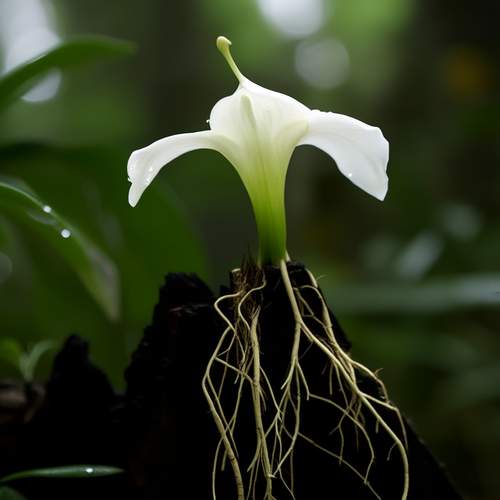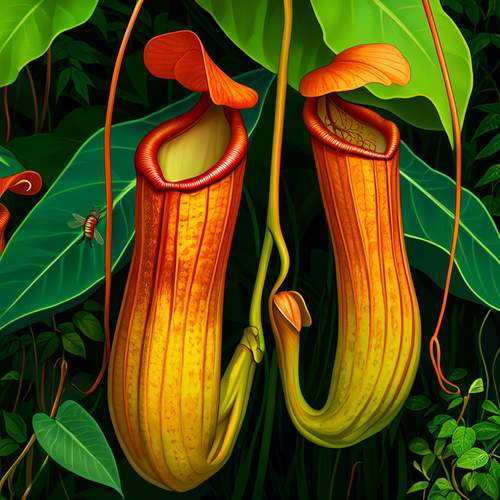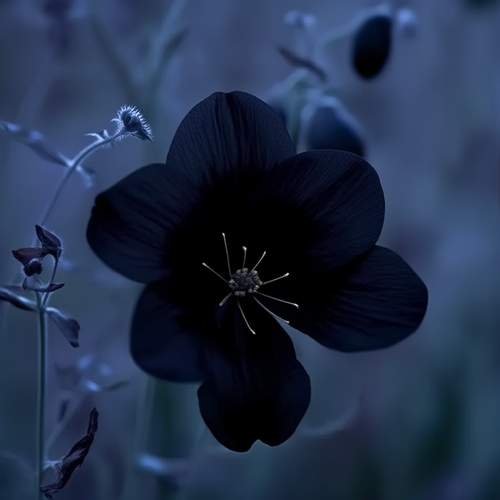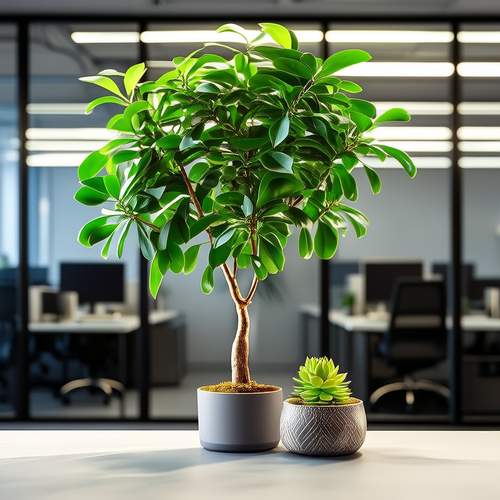The natural world is full of extraordinary adaptations, but few are as captivating as the carnivorous plants that have evolved to thrive in nutrient-poor environments. Among these botanical marvels, the pitcher plant (Nepenthes) stands out as a master of deception and efficiency. With its elegant, fluid-filled traps and sophisticated hunting mechanisms, this genus offers profound insights into evolutionary ingenuity.
Often found in tropical rainforests and peat swamps across Southeast Asia, pitcher plants have developed an unusual solution to compensate for the lack of nitrogen in their native soils. Their modified leaves form intricate pitfall traps—vibrant, nectar-laced vessels that lure unsuspecting insects to a watery grave. The evolutionary brilliance lies not just in the trap's structure, but in the multi-layered strategy that ensures prey rarely escapes once ensnared.
The architecture of deception begins with visual and olfactory cues. Many Nepenthes species produce vivid pigmentation—often reds or purples—that mimic flowers or fruit. This "false signaling" is enhanced by sweet-smelling nectar secretions along the trap's rim (peristome) and lid. Researchers have documented how these nectaries are strategically placed to guide insects toward the slippery downward slope, where a waxy inner coating prevents climbing escapes.
What makes pitcher plants particularly fascinating is their ability to selectively target prey. While some species capture ants and flies with generalist traps, others like Nepenthes hemsleyana have co-evolved with bats. Their elongated pitchers serve as roosting sites for Hardwicke’s woolly bats, which in turn provide nitrogen-rich feces—a remarkable example of mutualism. This adaptability challenges the conventional view of carnivorous plants as passive killers.
Recent studies reveal another layer of sophistication: the aquatic microecosystem within each pitcher. The fluid inside contains digestive enzymes, but also hosts specialized organisms like mosquito larvae and bacteria that aid in breaking down prey. Some species even adjust their fluid’s viscosity to drown insects faster during rainy seasons. This dynamic interplay between plant and microfauna suggests Nepenthes don’t merely consume life—they cultivate entire food chains within their bellies.
Beyond biology, pitcher plants inspire biomimicry innovations. Engineers study their slippery surfaces to create non-stick coatings, while their fluid dynamics inform water collection systems in arid regions. Perhaps the greatest lesson lies in their resilience—turning environmental limitations into evolutionary advantages. Where other plants perish from nutrient scarcity, Nepenthes rewrite the rules of survival, proving that nature’s most enduring solutions often emerge from adversity.
As climate change alters ecosystems, understanding these adaptations grows increasingly urgent. Pitcher plants face habitat destruction, but their survival strategies may hold keys for sustainable agriculture or pollution remediation. Their story isn’t just about carnivory—it’s a testament to life’s relentless creativity, reminding us that even in barren soils, evolution plants the seeds of wonder.

By /May 21, 2025

By /May 21, 2025

By /May 21, 2025

By /May 21, 2025

By /May 21, 2025

By /May 21, 2025

By /May 21, 2025

By /May 21, 2025

By /May 21, 2025

By /May 21, 2025

By /May 21, 2025

By /May 21, 2025

By /May 21, 2025

By /May 21, 2025

By /May 21, 2025

By /May 21, 2025

By /May 21, 2025

By /May 21, 2025

By /May 21, 2025

By /May 21, 2025